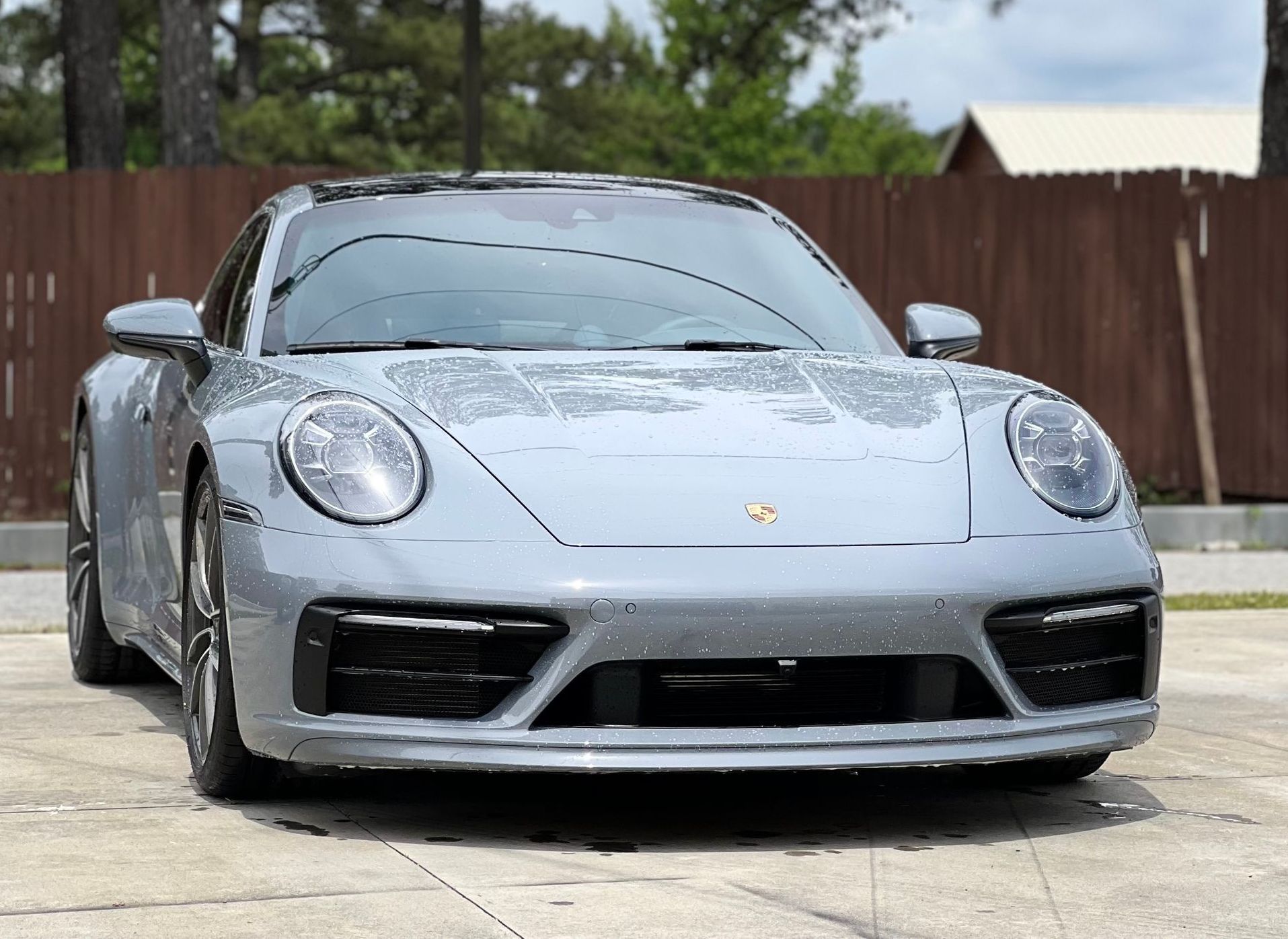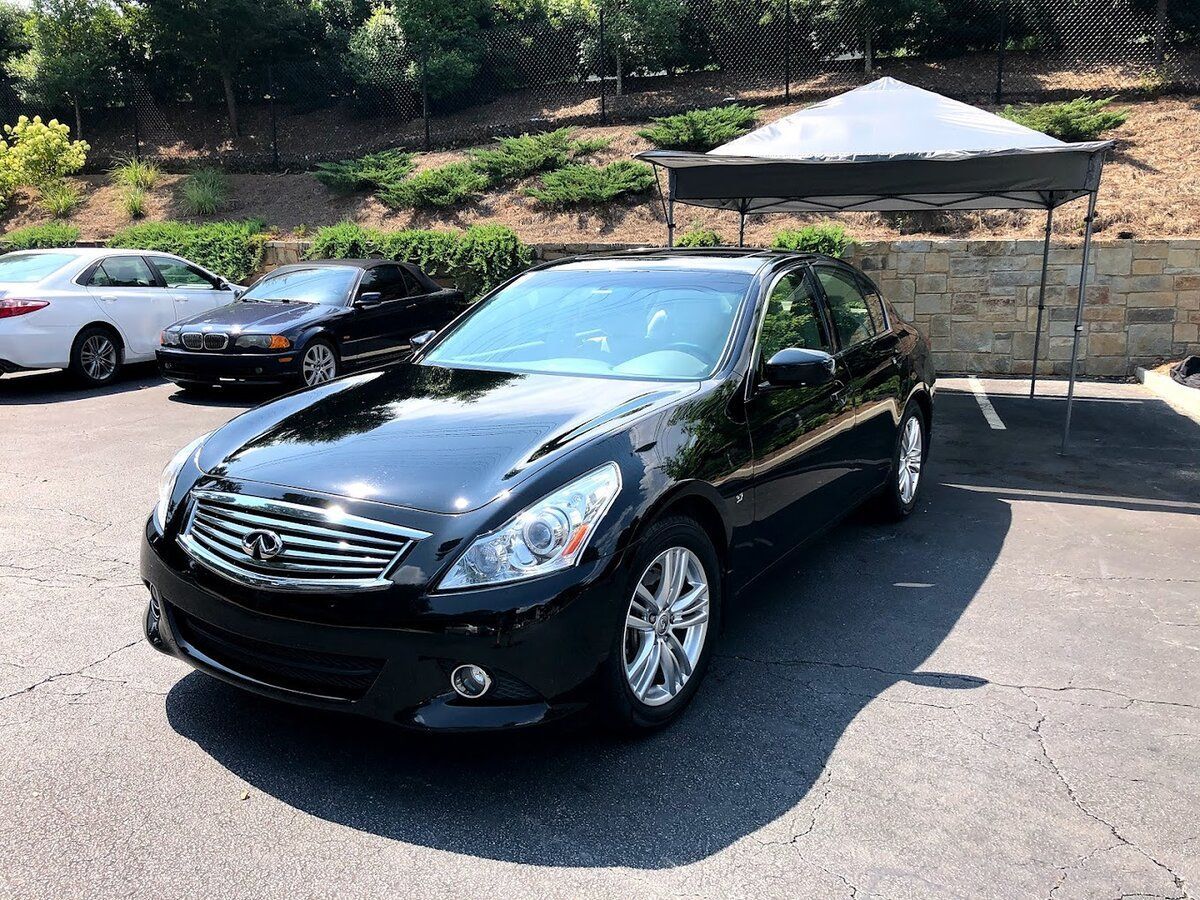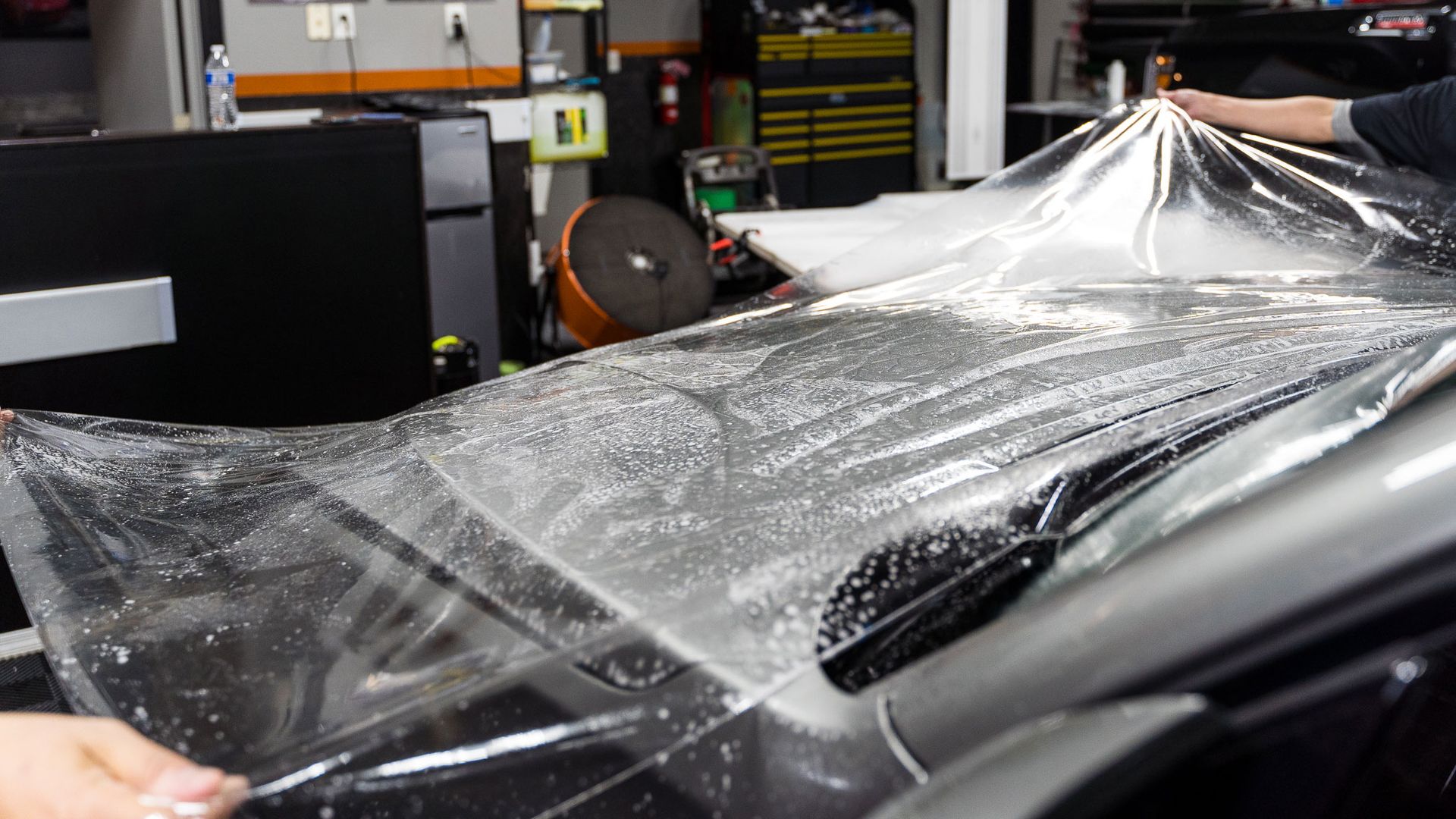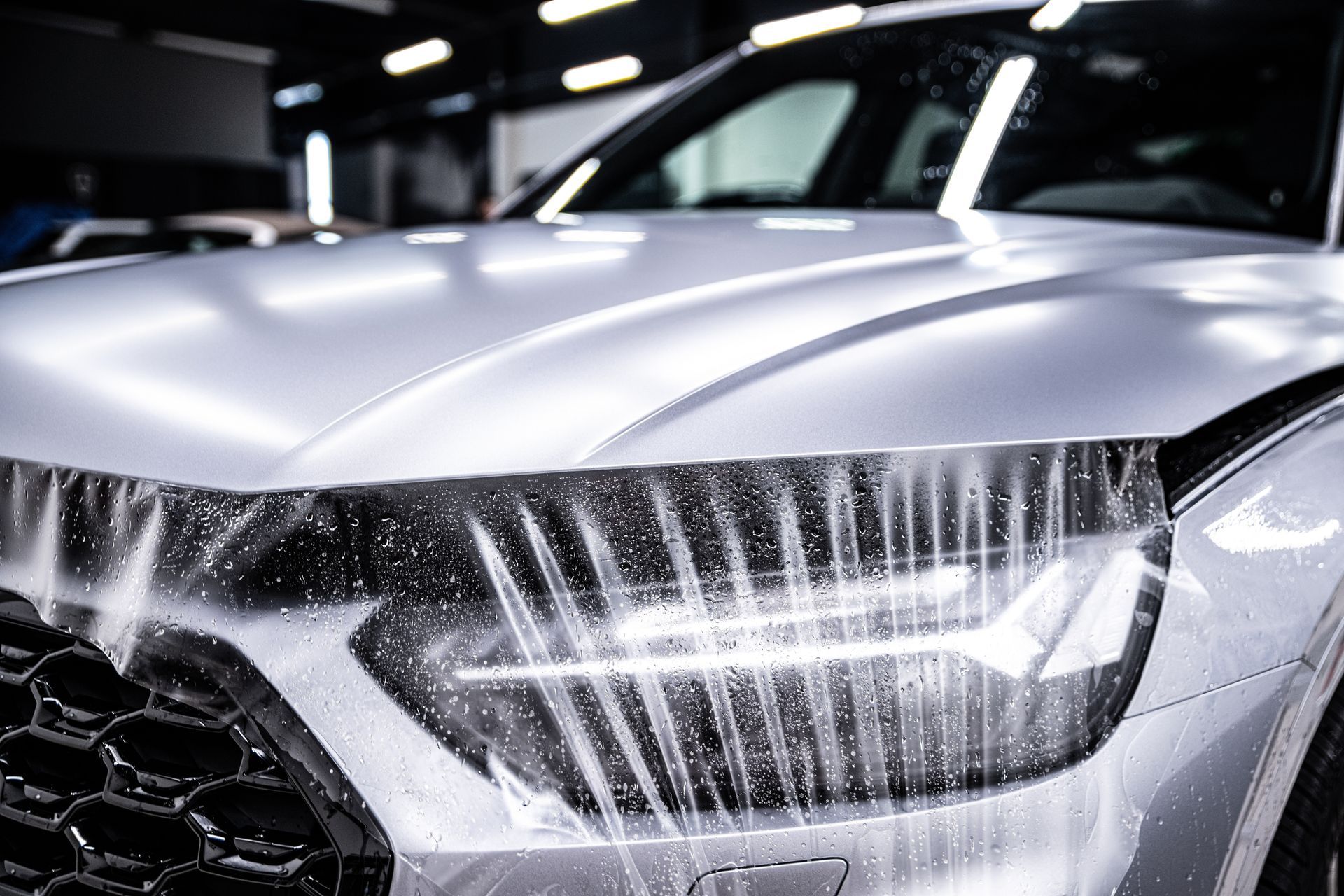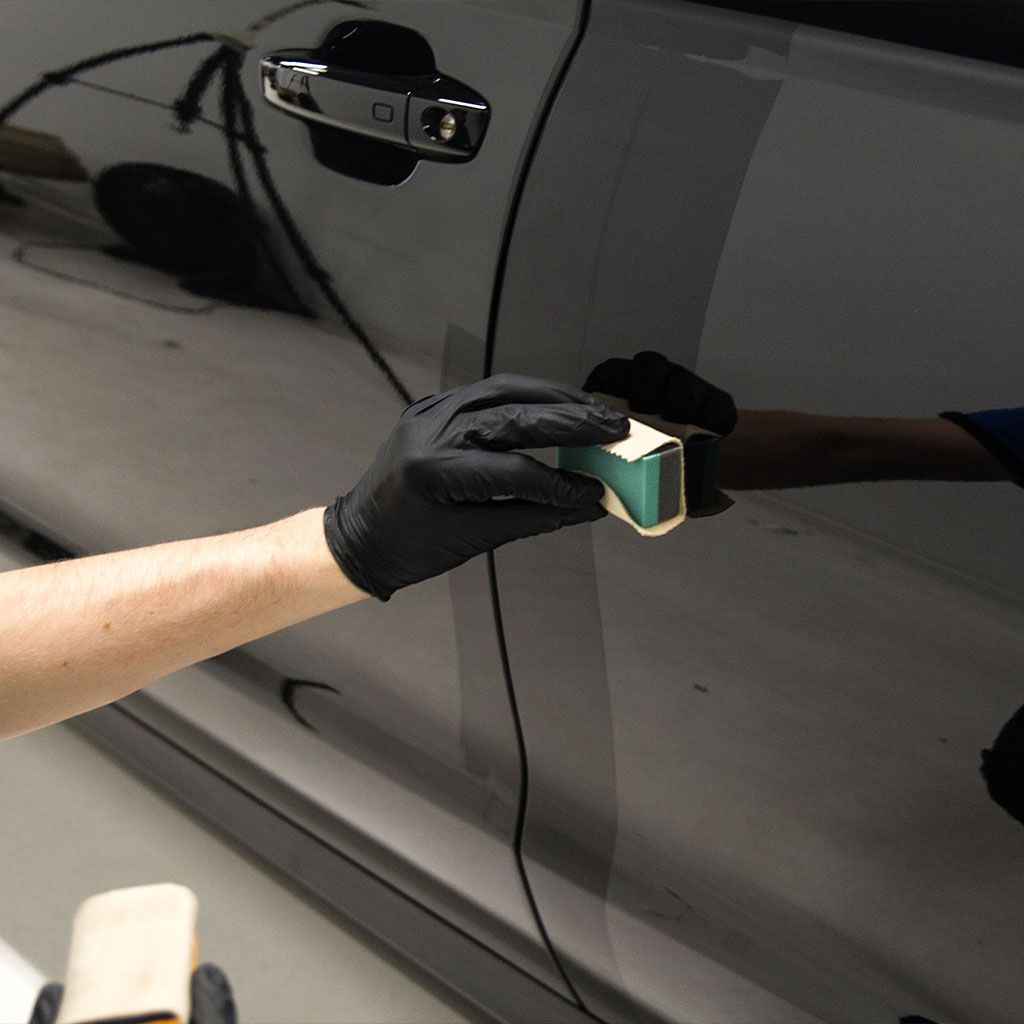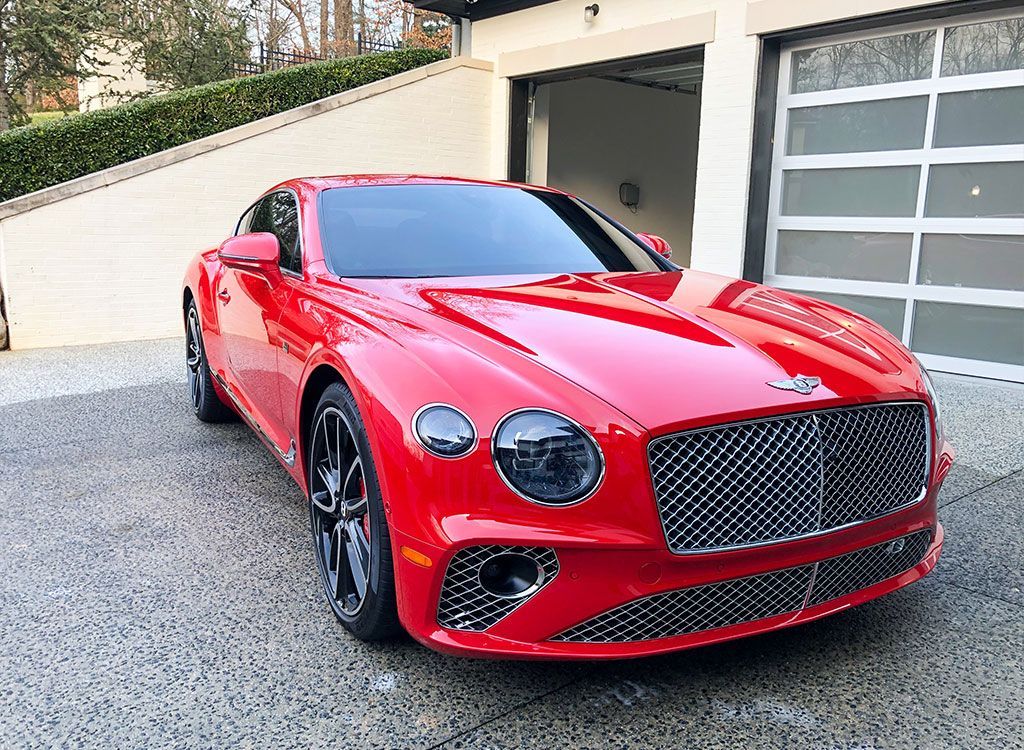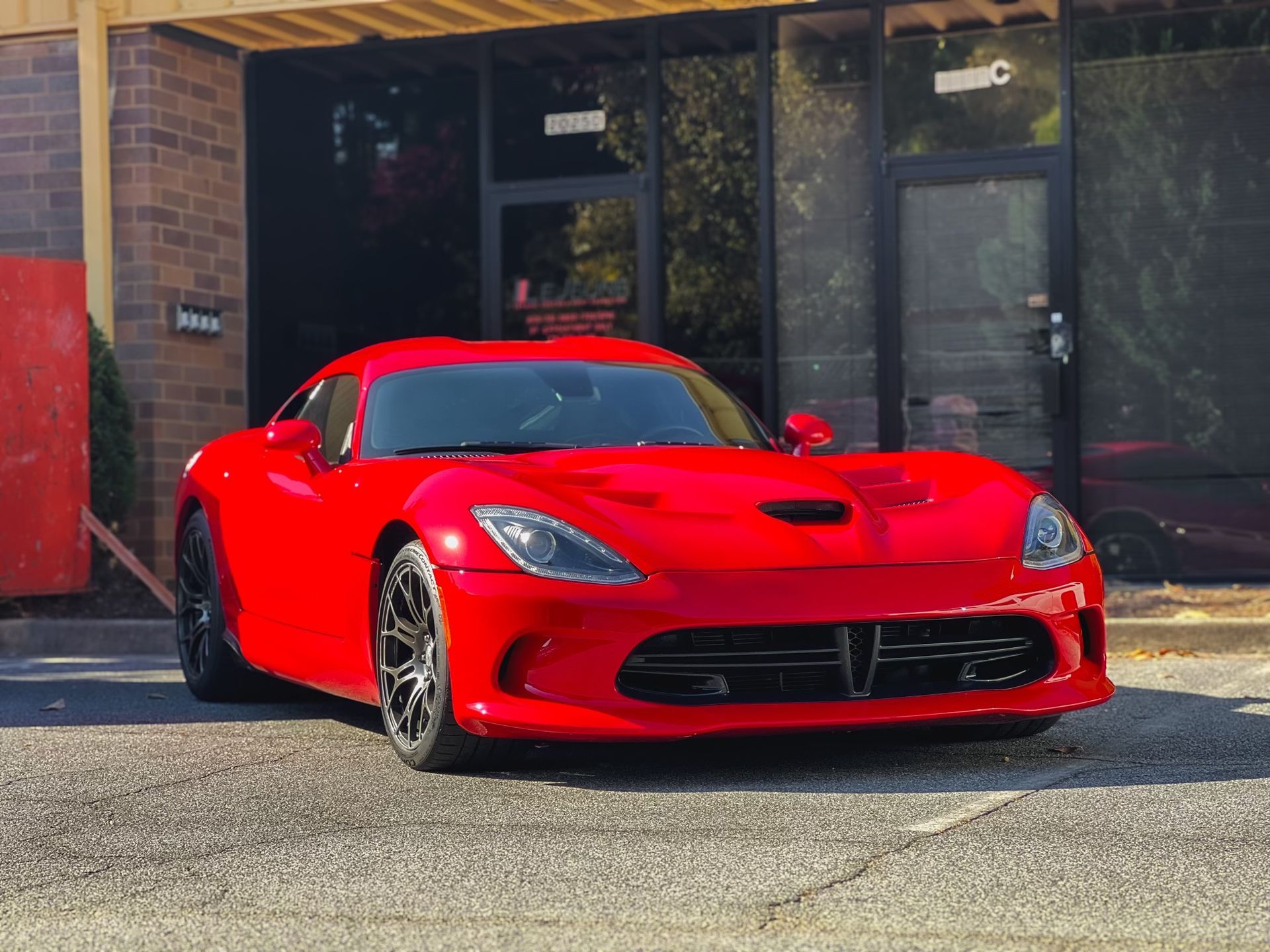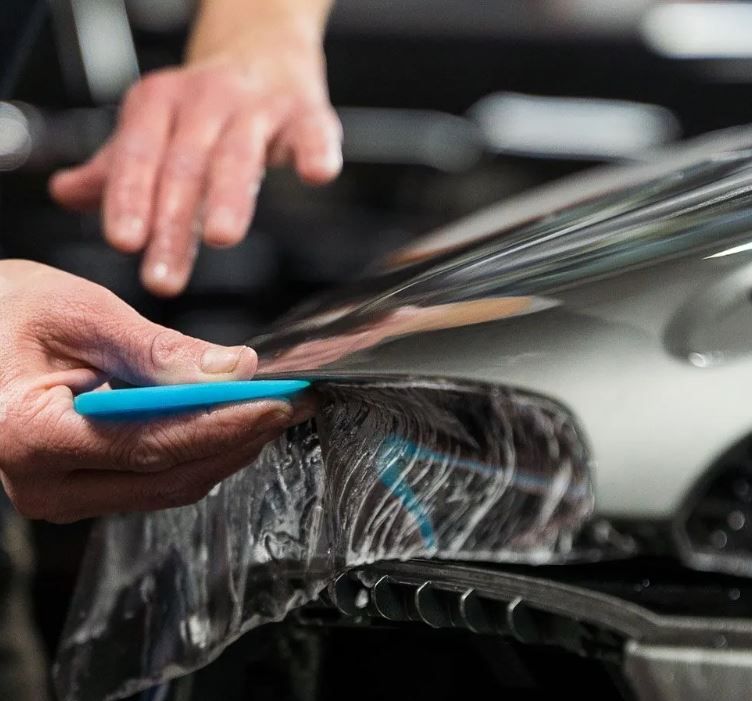LeJeune Ceramic Coating & Paint Protection arrived on the auto detailing scene in 2019, built on the lifelong passion for car, truck, and SUV care and profound paint protection packages that feature high-end ceramic coatings, paint protection film, and even Dr. Beasley’s Matte Nano-Resin Pro. Always on staff, we have professional certified vehicle detailers and paint correction experts that bring and maintain vehicle value on all makes and models in the Marietta, Georgia area. Only at our auto detailing shop will you get the level of attention to detail and products that we work with.
Quick links
Our Location
2052 Airport Ct SE, Suite D Marietta, GA 30060 United States
CONTACT US
Phone: (770) 722-3486
Email: info@lejeunedetailing.com

